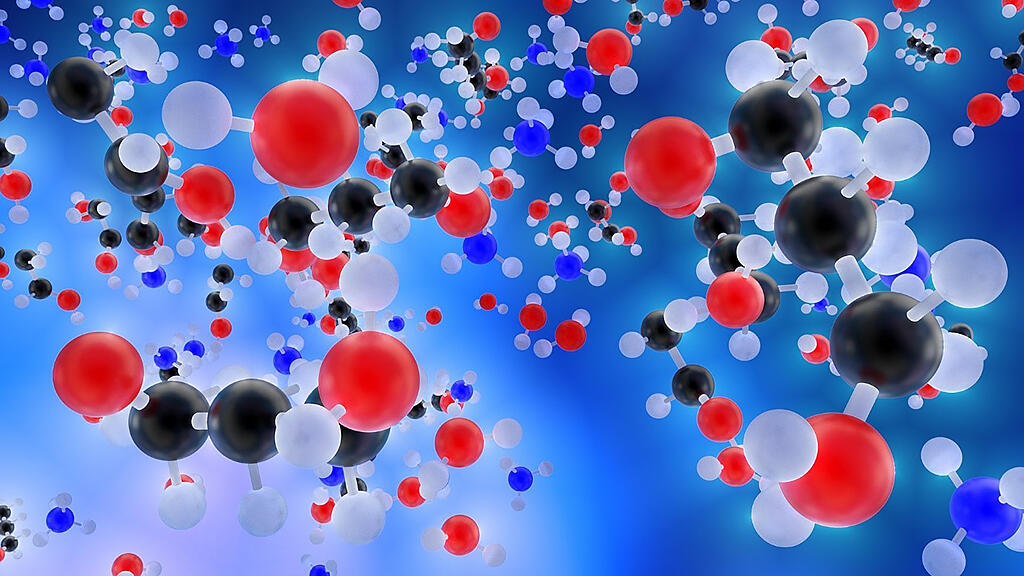
Asymmetric catalytic reactions are required to synthesize specific chemicals such as pharmaceuticals. Recently, controlling complex reactions has become a possibility, which has long been a challenge, given the small number of experiments.
A research group consisting of Professor Motomu Kanai and Assistant Professor Harunobu Mitsunuma of the Graduate School of Pharmaceutical Sciences, the University of Tokyo, Senior Researcher Shigeru Yamaguchi, RIKEN Center for Sustainable Resource Science, RIKEN, and Associate Professor Yohei Shimizu of Hokkaido University has successfully designed and synthesized target catalysts via two-cycle experiments and machine learning using the molecular field of the intermediate product. Dr. Kanai stated, "We demonstrated that combining AI predictions with human experiments can be efficiently optimized at a low cost." The findings were published in Cell Reports Physical Science.
In the field of synthetic organic chemistry, data-driven research on asymmetric catalytic reactions has been actively undertaken in recent years. However, most studies are data analysis studies of relatively simple reactions, generating substances with only one molecular asymmetry point. One major hurdle is that it is necessary to design and develop catalysts that separate the possible isomers for synthesizing molecules with two asymmetric points to obtain the desired steric product. Therefore, the difficulty level is dramatically increased. Consider the analogy of right and left hands, often used in asymmetric synthesis reactions. Catalysts are needed for each of the six different types of products: right hand and right hand, left hand and left hand, left hand and right hand, and their mirror images.
The research group focused on the three-way branched α-position asymmetric allylation reaction that selectively reacts with carboxylic acids often used in bioactive molecules, including pharmaceuticals. Using a iridium- and boron-catalyzed hybrid asymmetric catalyst system, they designed a reaction that activates the allyl moiety, an electrophile, and carboxylic acid, a nucleophile, to build a continuous asymmetric carbon center. In principle, this reaction produces six types of stereoisomers. Therefore, it is necessary to design a precise catalyst molecule that simultaneously controls the three selectivities: enantioselectivity, diastereoselectivity, and regioselectivity. Therefore, the research group focused on molecular field analysis as a data analysis method.
Molecular field analysis is a regression analysis between catalytic activity (product selectivity) and a molecular field calculated from the three-dimensional molecular structure. The regression coefficients of generated regression models allow the visualization of molecular structural information, critical for selectivity. This methodology, using the molecular field, was developed by Senior Researcher Yamaguchi. In the developed method, information on molecular fields, calculated from intermediates, is subjected to machine learning to visualize information that improves product selectivity. Based on the information, humans design and synthesize catalysts, calculate molecular fields based on the reaction results and the catalytic structure, and then perform machine learning.
In the observed reaction, molecular field analysis was performed using the molecular field calculated from the iridium intermediate, as the iridium intermediate is the key intermediate, common to the selectivity among the iridium-boron system hybrid catalyst, exhibiting a notable structure. Screening was performed using a combination of 2 types of substrates that are easily available and synthesized, along with 16 types of iridium catalysts. Accordingly, 2 optimized catalysts were obtained, with 32 samples, including 24 samples in the first cycle and 8 samples in the second cycle. Catalysts that can generate 4 of 6 isomers have already been developed. However, the research group succeeded in synthesizing the remaining two optimized catalysts, previously considered difficult. Using this catalyst, the reaction selectivity was 99%, and the yield of the target substance exceeded 90%.
This system is expected to facilitate the design of organic synthetic reactions, such as drug development and production, and could significantly improve development and production costs. "As an experimental scientist, I believe that it is truly innovative that a reaction of this complexity could be solved with only 32 samples", said Assistant Professor Mitsunuma. "We believe that this technique can be applied to other combinations."
This article has been translated by JST with permission from The Science News Ltd.(https://sci-news.co.jp/). Unauthorized reproduction of the article and photographs is prohibited.




